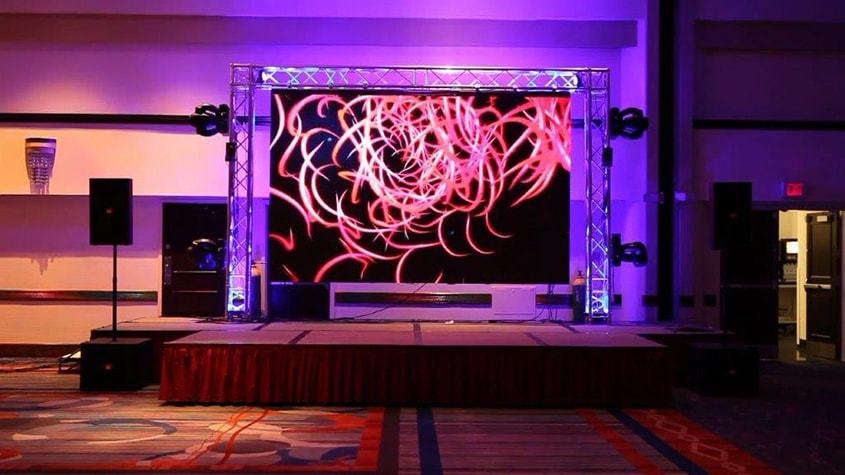Investigating the Key Factors That Affect Color Uniformity in LED Wall Screens for Optimal Visual Output
Investigating the Key Factors That Affect Color Uniformity in LED Wall Screens for Optimal Visual Output
Blog Article
Color uniformity in LED wall panels is essential for achieving optimal visual output. light-emitting diode wall panels are commonly used in multiple settings, including concerts, conferences, and promotional showcases. When the hues on these panels are uniform, they create a more captivating and immersive experience for viewers. Several critical elements influence hue consistency, including the quality of the LED elements, tuning procedures, and environmental factors.
The quality of the light-emitting diode elements plays a major role in hue uniformity. Various types of LEDs produce light at varying wavelengths, which can affect the overall color result. High-quality LEDs are engineered to generate a more consistent light range, leading in improved hue accuracy. Additionally, the manufacturing process of these LEDs can impact their performance. Panels made with superior materials and techniques tend to have less color variations, ensuring that the displayed images and videos look vibrant and faithful to life.
Tuning is another essential element in preserving color consistency in LED wall screens. Calibration entails modifying the settings of the screen to make certain that the colors shown align the desired design. This process can consist of adjusting luminosity, contrast, and hue equilibrium. Regular calibration is essential, especially in settings where lighting conditions vary often. By calibrating the panels, technicians can fix any discrepancies in color output, resulting to a more consistent observing experience.
Environmental factors also influence color consistency in LED wall screens. led display color performance Elements such as surrounding light, temperature, and humidity can affect how hues are seen. For instance, bright ambient light can dull hues, making them look less vibrant. Similarly, extreme heat can influence the performance of the LEDs, resulting to hue changes. To mitigate these issues, it is essential to install light-emitting diode wall screens in managed environments where lighting and temperature can be managed effectively.
Lastly, the design and layout of the light-emitting diode wall screens can affect hue consistency. The arrangement of the panels, as well as the distance from which they are observed, can create differences in hue recognition. When screens are arranged too far apart or at different angles, viewers may detect discrepancies in hue. To obtain the optimal visual performance, it is important to consider the placement and arrangement of the panels during setup. By addressing these factors, operators can guarantee that their light-emitting diode wall screens provide a uniform and superior optical experience.